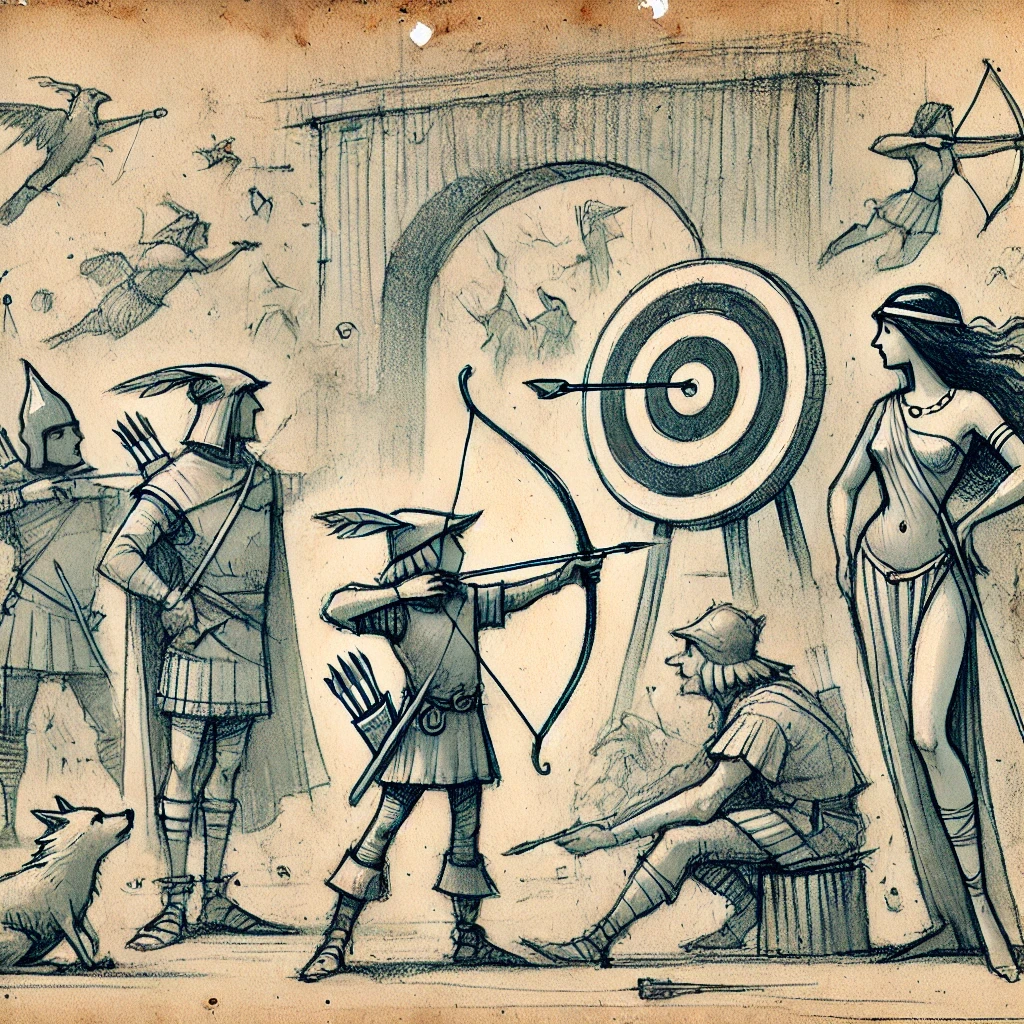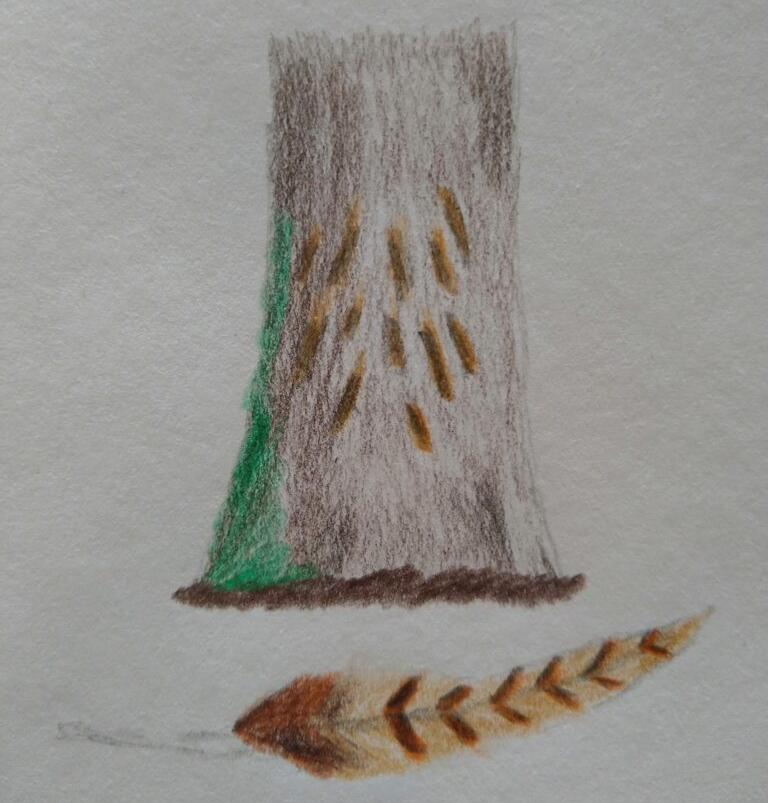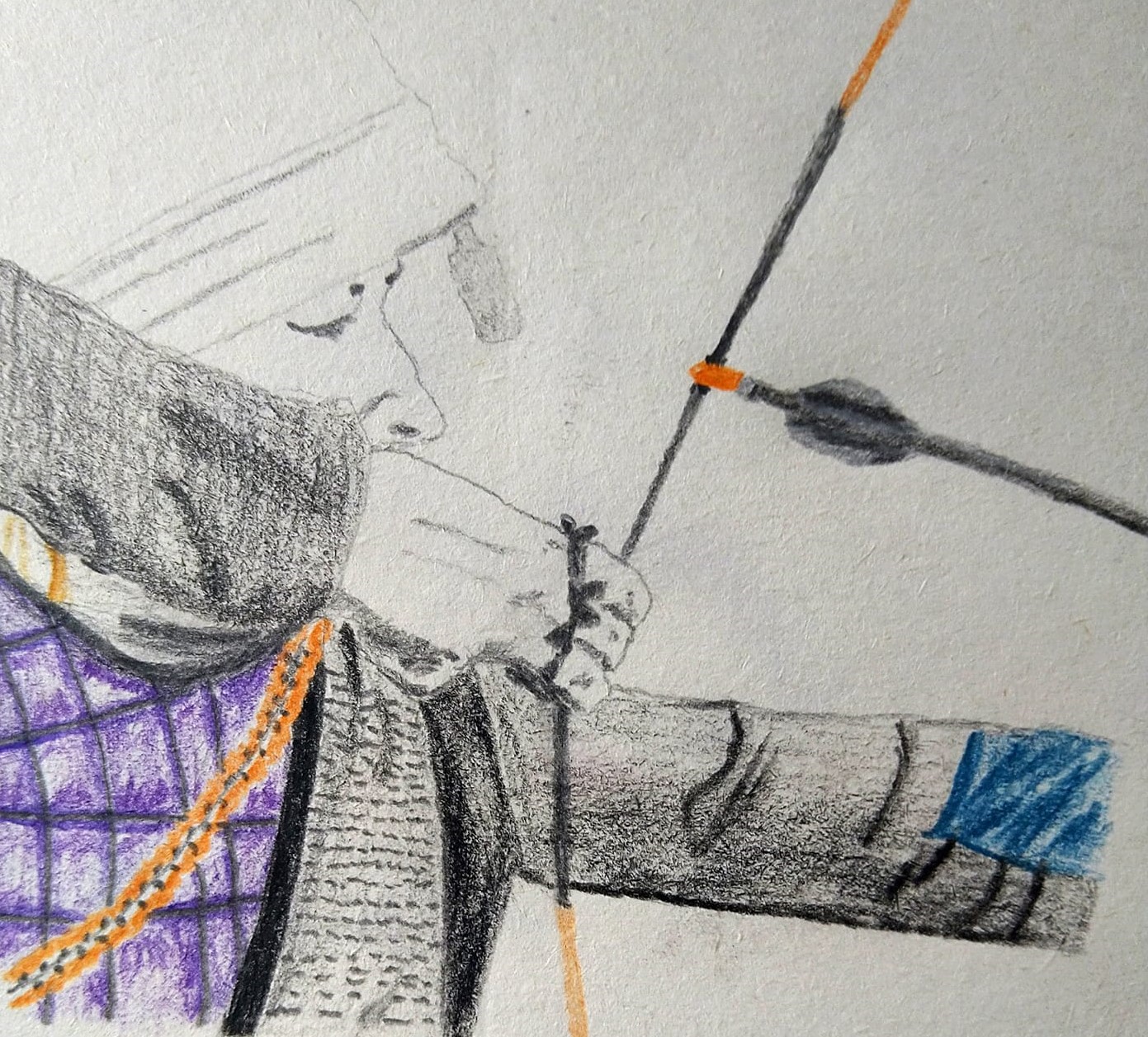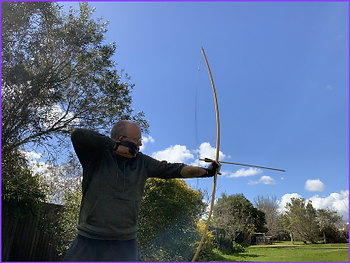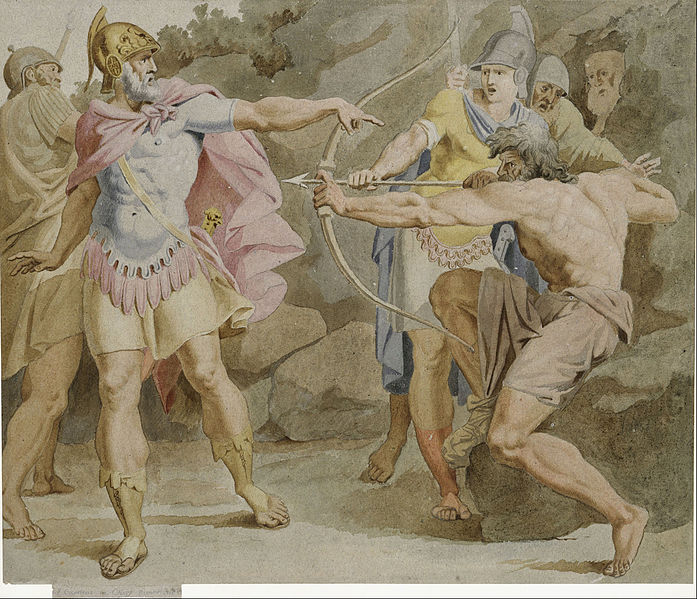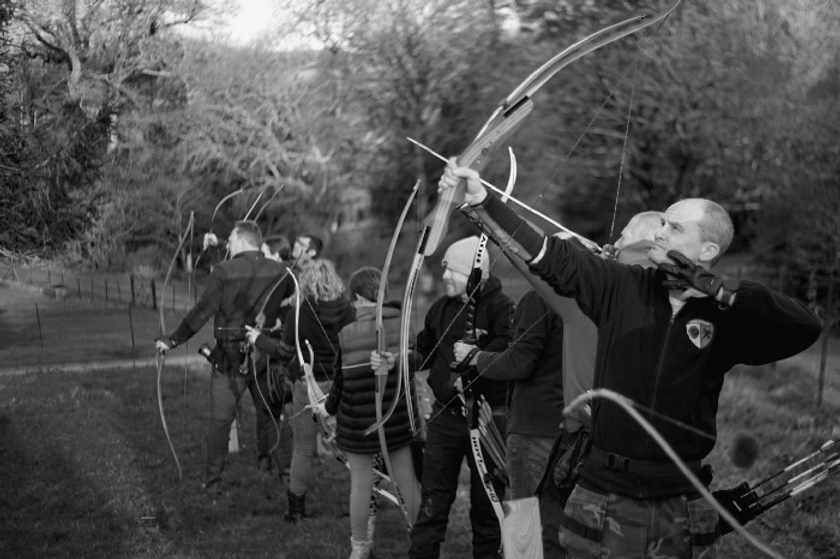
By Owen Reynolds
Field & Hunter Rounds. (The Dummy’s Guide)
So, let’s get started. This year the Northern Ireland Field Archery Association (NIFAA) in association with Roe Valley Archery Club, will host the UK & Ireland Field Archery Championships (UKIFAC) at Oakgrove, Integrated College on the 20th and 21st of July 2024.
As I type, Laois Archery have already hosted the first F&H competition of 2024 at their magnificent woods in Clonkeen. Wexford Archery will be hosting the IFAF F&H championships on the 4th. and 5th. of May at their, by now legendary venue, Woodville House. By the way, Wexford Archery hosted UKIFAC in 2022.
The hosting of UKIFAC is on a rotational basis, with Ireland, Northen Ireland, England, Scotland and Wales taking turns at facilitating this annual two-day event.
However, I’m not here to indulge in reminiscing but to try and arm you with the tools and knowledge needed for this competition, especially if you’re new to the game and are determined to get out there, nock and loose, hard and fast, and cut your path with the best of ‘em.
Having previously being dominated by the selection of 3D competition formats, the Field & Hunter is slowly gathering momentum as a regular feature on the IFAF calendar for a number of reasons. It is after all a recognized official IFAA (International Field Archery Association) competition, along with their variants the International Round and the Expert Field Round. Furthermore, it is what is known as a classification competition (hold onto that word ‘classification’). An archer may not attend an IFAA sanctioned tournament without an official Score record/Classification Card. An archer may not attend an IFAA sanctioned Field, Hunter, International or Expert round without a Classification Card in itself with at least two score of this format recorded on it. It’s also a requirement that these rounds be shot and recorded for the obtaining and renewal of IFAA Instructor licences, so it’s an important competition.
Scores obtained in the 28 target or 2×14 target Field or Hunter Round or alternatively in a Round consisting of 1×14 target Field combined with 1×14 target Hunter standard unit can be used in the classification of the archer. Now, I could go deeper than this into the classification system. I won’t because, it’s not what I want to chat about here, for if it’s your first F&H, you’ll likely have enough to contend with. It’s well laid out in the International Field Archery Association Book of Rules: 2021-2022 (Rev 04 April 2021) should you want to delve. I’m going to focus on the quirks of these rounds first, and there are a few, but nothing too daunting. I think we need to get those out of the way so you can be thinking about them before you actually go and shoot one of these rounds. I’ll go into the distances and the face sizes at the end.
The Basics
There are two rounds, FIELD round and HUNTER round and two face types for each.

For each round there are two units. Two units make up a round. There are 14 targets in a unit and so 28 in a round. 4 arrows are loosed by the archer at each target. Make sure you mark or number your arrows 1 to 4. The ring scores are as follows: Centre is 5, next ring out is 4 and third ring is 3. If you hit the tiny ring inside the 5, mark that as an ‘X’ on your scorecard. It’s still a 5 and should be counted as such. It’s just that in the event of a tie or a draw, for European, World or the UKIFAC tournaments, it can come down to how many X’s you have in a shoot off. Otherwise, it’s still a good record of how well you shot. For local, regional, and national competitions, if there is a tie there is a shoot-off between those two archers which is much more fun to watch than do.
Archers are normally 4 to a team. Each archer is referred to as Archer 1, Archer 2, Archer 3, Archer 4. Please remember to stick to that order because………archers change shooting positions at target 1 and target 15.
The two archers who shot first will now shoot second and the archer on the left marker now shoots from the right marker.
In other words;
When you reach Target 15 (doesn’t matter where you started, even if it was at target 14) or if you reach Target 1 (doesn’t matter where you started, even if it was at target 15).
Archer 1 becomes Archer 4.
Archer 2 becomes Archer 3.
Archer 3 becomes Archer 2.
Archer 4 becomes Archer 1.
Markers (Pegs)
The markers or pegs have a specific colour, depending on the type of Round and the age group of the archer. Where Adults and Juniors shoot from the same peg, the colours can be combined on one peg.
Pegs are also called ‘markers’.

Apart from the ‘Fan’ shots all other targets will normally be doubled pegged. That means that two archers shoot side by side and there will be two pegs for each shooting position. The archer must stand with their front foot against the peg or within 15 cm (6 inches) from or beside the peg, but never in front of the peg.
Sometimes there will be only one peg instead of two. It’s allowed but is usually because of difficult footing or an awkward shooting position. In that case the two archers stand on each side of the peg, no further than 3 feet from the peg and again never in front of the peg or more than 15 cm (6 inches) behind the peg. Also, when two archers are shooting together but from a single peg they should allow space for each other if the terrain suits. Otherwise, archers shall shoot from that peg one at a time.
The Layouts
To avoid clutter we’ll use the Field Round faces for illustration purposes here. This reason for this is The Hunter Round is shot in a very similar fashion as the Field Round and scoring is the same.




What happens if you come across a fan shot with four faces, I hear you ask?
This won’t happen in the FIELD round because the 50cm face is too big to allow it on most backstops. However, in the HUNTER round, it will, because there’s a fan shot with 35cm faces which do fit.
So, it’s very similar to the FIELD fan shot except archers 1 and 2 shoot at the bottom row and archers 3 and 4 shoot at the top row.

The Distances and positions
Lastly, here are the tables for the target faces sizes, shooting positions and distance for both the Field and Hunter rounds.
FIELD ROUND

HUNTER ROUND

Scorecard example

Reference:
All that remains now is to point you in the direction of some useful information on these rounds for it is from there I have tried to somewhat summarise them for both you and me.
Regardless of all this, I do recommend you grab the opportunity to either take part in one of the F&H shoots scheduled on the IFAF calendar or if a club nearby is hosting a practice session on an already set-up course to enquire if you can join in.
- International Field Archery Association Book of Rules: 2021-2022 (Rev 04 April 2021)
Pages 34, 35, 45, 49, 50,
- IFAA Field Manual (2019)
Page 7, 10, 11, 12, 13, 15, 16
- International Field Archery Association Archer’s Handbook (2021-2022)
Page 4, 5, 15, 16, 18, 19, 20






